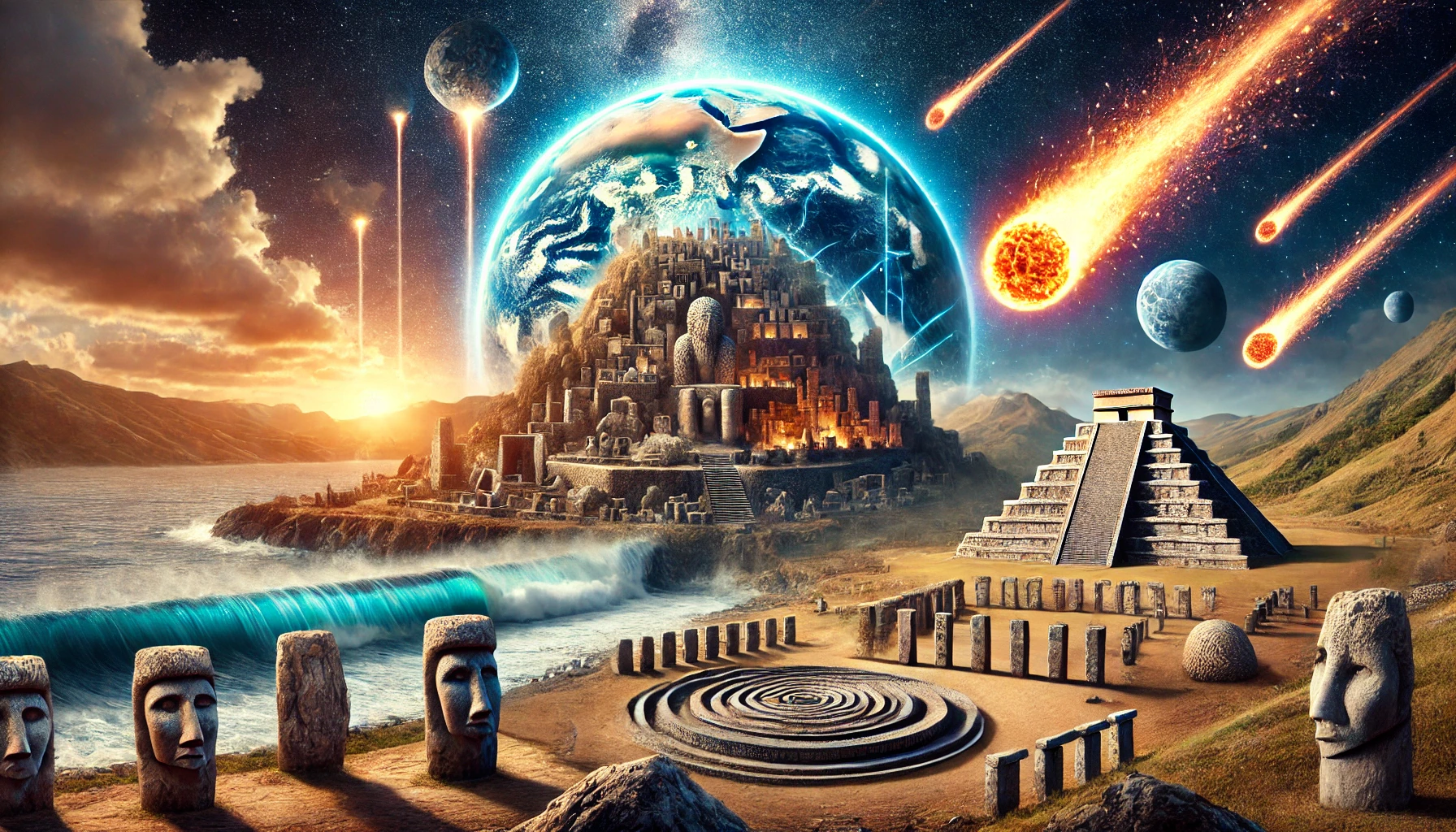Physical Address
304 North Cardinal St.
Dorchester Center, MA 02124
Physical Address
304 North Cardinal St.
Dorchester Center, MA 02124

Explore Graham Hancock’s lost civilization theory and the evidence behind ancient monuments, megalithic structures, and pre-Ice Age cultures. Learn about Göbekli Tepe, the Younger Dryas impact hypothesis, Atlantis myths, and global flood legends that challenge mainstream archaeology. Discover why Hancock believes an advanced civilization existed before recorded history but was wiped out by a cataclysmic event.
Graham Hancock is one of the most well-known and controversial figures in alternative history. His theories challenge mainstream archaeology by suggesting that an advanced civilization may have existed before recorded history, only to be wiped out by a cataclysmic event. Through books like Fingerprints of the Gods, Magicians of the Gods, and America Before, Hancock argues that ancient monuments, myths, and archaeological discoveries point to the existence of a sophisticated lost civilization predating conventional timelines.
This article explores Hancock’s key theories, evidence for lost civilizations, connections to ancient cataclysms, and the debate between mainstream archaeologists and alternative historians.
Graham Hancock is a British journalist, author, and researcher who focuses on ancient history, megalithic structures, and lost civilizations. Although he does not claim to be an archaeologist, his investigative work has challenged conventional historical narratives. His theories center around the idea that civilization is much older than mainstream historians acknowledge, and that the cataclysmic destruction of an advanced culture reshaped human history.
Some of his most notable works include:
One of Hancock’s central claims is that an advanced civilization existed before recorded history, influencing early cultures such as the Egyptians, Sumerians, and Mesoamerican societies. However, due to a cataclysmic global event, this civilization was lost, leaving behind only scattered evidence.
Hancock’s theories are controversial and widely debated. While alternative historians embrace his ideas, mainstream archaeologists criticize them as pseudoscience. The debate revolves around several key points:
Hancock often connects his lost civilization theory with Atlantis and other mythical lost lands. While mainstream scholars view Atlantis as a legend from Plato, Hancock suggests:
As new discoveries continue to push back the timeline of early human civilization, some of Hancock’s ideas are being reconsidered. Sites like Göbekli Tepe, underwater ruins, and pre-Ice Age human settlements indicate that history may be more complex than previously thought.
While mainstream archaeologists remain skeptical, AI-assisted archaeology, satellite imaging, and deep-sea exploration may uncover further evidence that either supports or refutes Hancock’s claims. The growing interest in alternative history, lost civilizations, and ancient mysteries suggests that Hancock’s work will continue to influence public perception for years to come.
Graham Hancock is a journalist and author known for his theories on lost civilizations, ancient cataclysms, and the possibility of a forgotten advanced culture before recorded history.
Hancock’s theory suggests that an advanced civilization existed before 12,000 years ago but was destroyed by a global catastrophe.
The theory that a comet impact around 12,800 years ago triggered climate shifts, massive floods, and the destruction of early civilizations.
Most archaeologists remain skeptical, citing a lack of direct evidence and alternative explanations for megalithic structures and ancient myths.
Graham Hancock’s work challenges conventional narratives and encourages exploration into the possibility of an earlier, sophisticated civilization. Whether or not mainstream archaeology embraces his theories, his influence on alternative history and the public’s fascination with ancient mysteries remains undeniable. As new discoveries emerge, the debate over humanity’s lost past will continue to shape our understanding of history.
If Hancock is right, history is far older and more complex than we ever imagined.